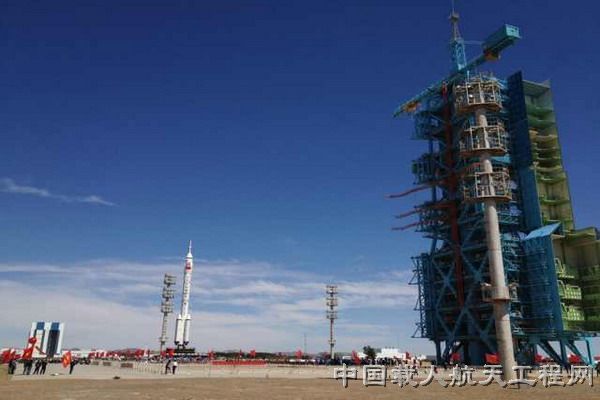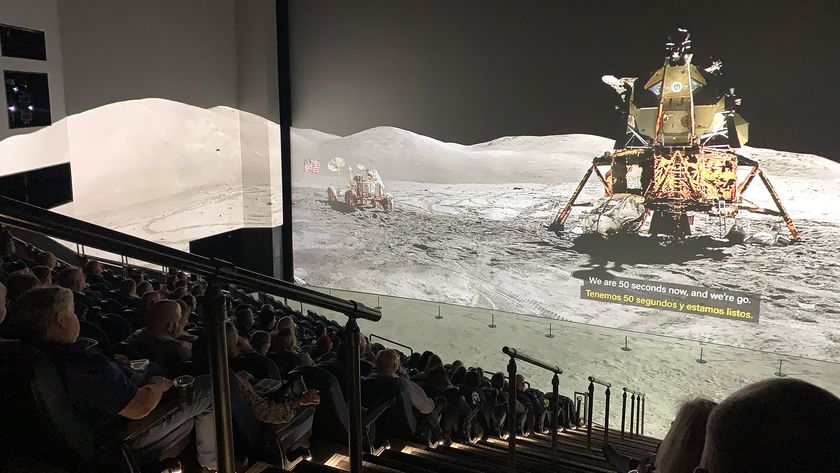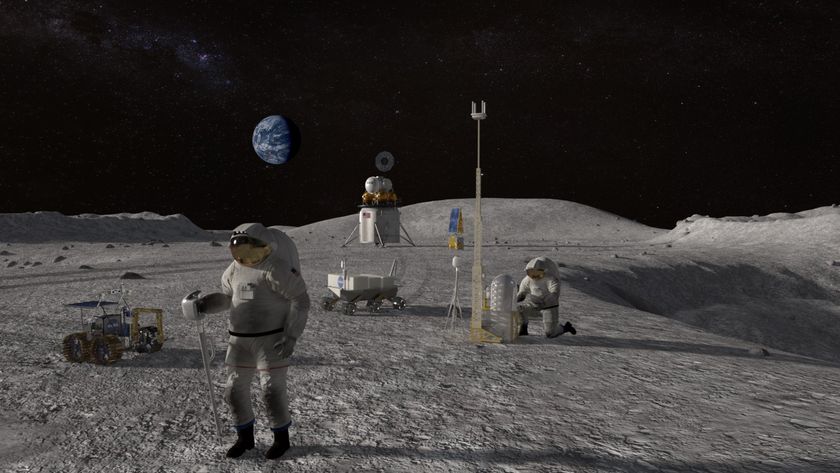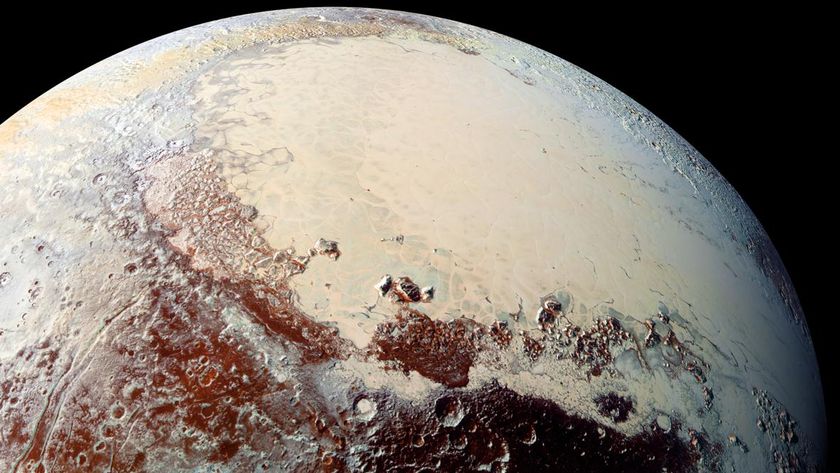China's 1st Female Astronaut Launching on Space Docking Mission: Report

The first female Chinese astronaut will be among the crew launching on the nation's first manned docking mission this month, state media sources say.
The upcoming Shenzhou 9 mission is expected to launch in mid-June, possibly as early as June 16, to dock with China's first space station test module, Tiangong 1, which is already in orbit.
One of the three Chinese astronauts (called taikonauts) on the flight will be chosen from two women candidates — Liu Yang and Wang Yaping — according to Chinese state news agency Xinhua. Both candidates are members of the Chinese Air Force's Wuhan Flight Unit.
"They are selected as members of the first batch of female astronauts in China because of their excellent flight skills and psychological quality," Xinhua reported.
The Shenzhou 9 space capsule is due to launch on a Chinese Long March 2F rocket, from the Jiuquan Satellite Launch Center in northwest China's Gansu Province. The rocket and spacecraft were transferred out to the launch pad Saturday (June 9).
This first docking mission is part of China's larger goal to build its own100-ton manned space station by 2020, a smaller version of the $100 billion International Space Station, which is a collaboration between 15 countries and led by the space agencies of the United States, Russia, Europe, Japan and Canada.
China is only the third nation, after Russia and the United States, to independently launch humans to space. The first manned Chinese spacecraft, Shenzhou 5, lifted off in 2003, carrying China's first astronaut, Yang Liwei. To date, six Chinese astronauts have flown to space.
Get the Space.com Newsletter
Breaking space news, the latest updates on rocket launches, skywatching events and more!
The country achieved its first in-orbit docking last November, when the unmanned capsule Shenzhou 8 rendezvoused and linked up with Tiangong 1 (which means "Heavenly Palace" in Chinese). [Photos: China's 1st Space Docking Mission]
Shenzhou 8 disengaged and made another successful docking with Tiangong 1 less than two weeks later. The ability to send two spacecraft to meet and link in orbit is a critical step toward being able to construct a habitable space lab.
Officials with China's space program have said the country aims to build a complete 60-ton space station in Earth orbit by 2020. The country also plans to launch several unmanned moon missions in upcoming years, including plans for a robotic lunar sample-return mission by 2016.
So far, China has been going alone in its spaceflight activities, though officials say they welcome the chance for more international collaboration.
"China welcomes astronauts from other countries to participate in our space station and other manned space programs," said Liwei, who is now the deputy director of the office of China's manned space program, in a Xinhua article.
While NASA's chief Charles Bolden has said he'd be willing to partner with China on certain space projects, some members of Congress have spoken out against collaboration with the nation.
Ultimately, China has said it aims to land astronauts on the moon.
Follow Clara Moskowitz on Twitter @ClaraMoskowitz or SPACE.com @Spacedotcom. We're also on Facebook & Google+.
Join our Space Forums to keep talking space on the latest missions, night sky and more! And if you have a news tip, correction or comment, let us know at: community@space.com.

Clara Moskowitz is a science and space writer who joined the Space.com team in 2008 and served as Assistant Managing Editor from 2011 to 2013. Clara has a bachelor's degree in astronomy and physics from Wesleyan University, and a graduate certificate in science writing from the University of California, Santa Cruz. She covers everything from astronomy to human spaceflight and once aced a NASTAR suborbital spaceflight training program for space missions. Clara is currently Associate Editor of Scientific American. To see her latest project is, follow Clara on Twitter.
Most Popular





